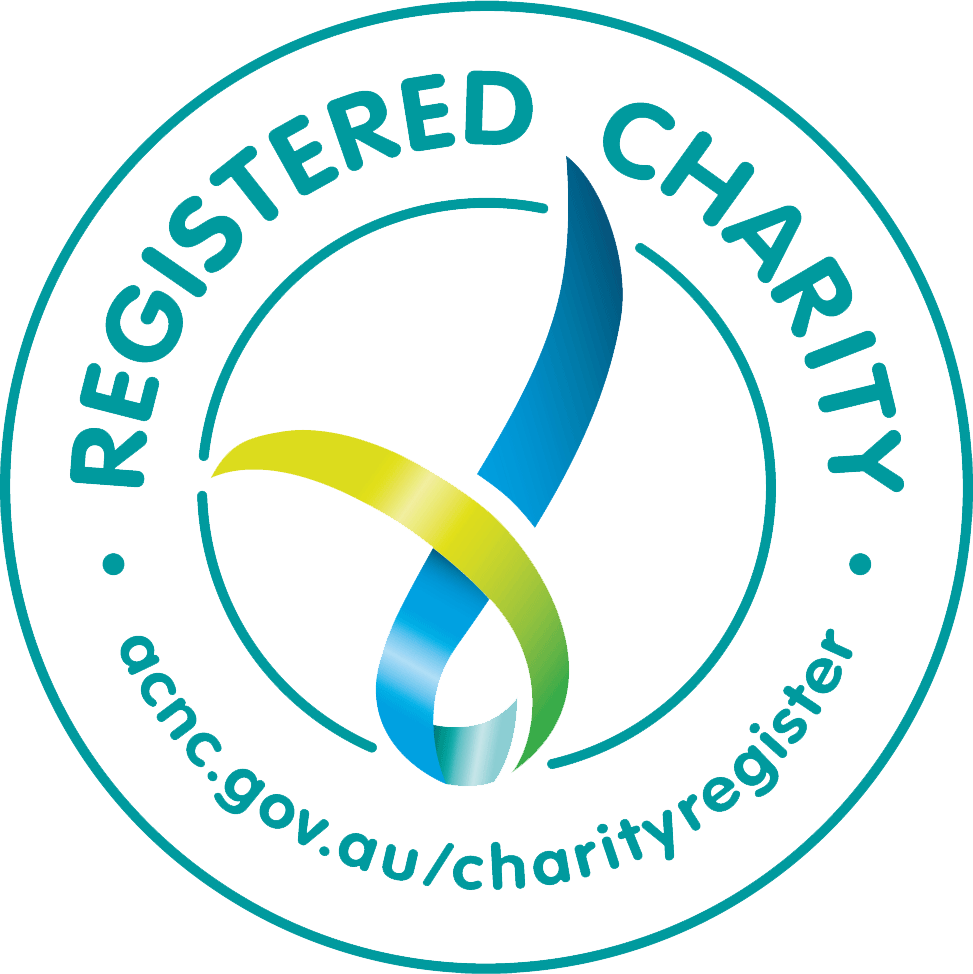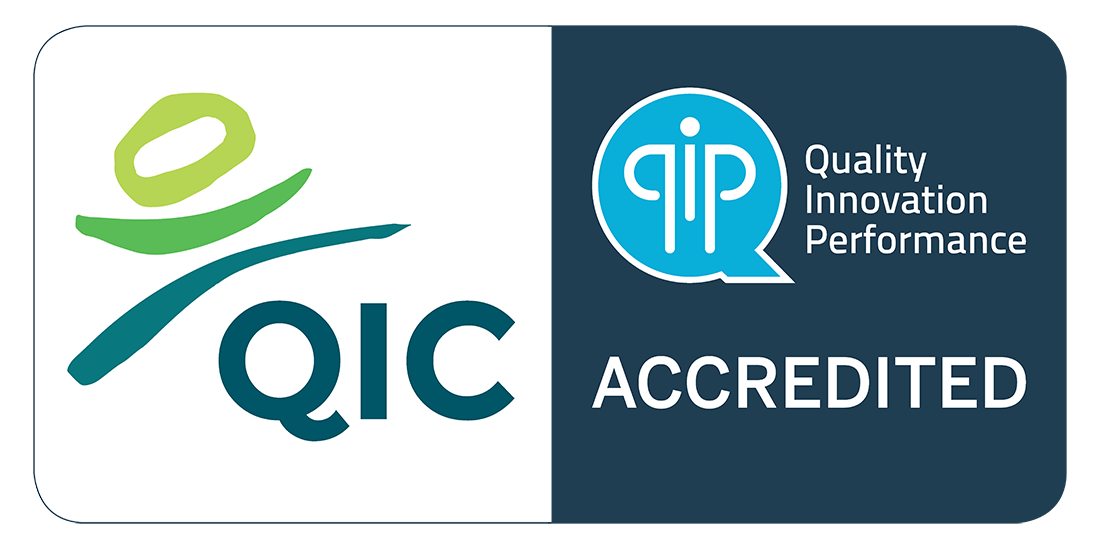The LMC integrates trauma-informed practice, attachment theory, and contemporary psychoanalytic theory to create a holistic therapeutic treatment environment in which the mental and physical wellbeing and social and emotional capacities of young people in Lighthouse homes are developed and enriched. The LMC provides the clinical underpinnings of the Lighthouse Foundation programs and informs and guides decision-making with our young people. More broadly, the LMC also informs and guides decision-making throughout the organisation. For example, trauma-informed practice does not mean simply applying these principles to our young people in isolation, but building and maintaining an organisational culture that promotes psychological safety and wellness of all its members.
Lighthouse model of care
Young people with histories of trauma often struggle with emotional and social difficulties, and complex mental health needs.
Traumatic experiences can have a profoundly negative effect on psychosocial, cognitive, and physiological development. Many traumatised young people develop a sense of the world as being unsafe, unjust, untrustworthy, and unpredictable. This can lead to problems in forming healthy, trusting relationships and having core human needs met. The Lighthouse Model of care (LMC) is a treatment approach that sees, recognises, and responds to these complex features in young people.
Lighthouse also places significant importance on the role of organisational structure as a source of containment for staff and young people. Line management structures operate to hold and contain staff and young people by providing clear levels of responsibility both, operationally and clinically.
The Lighthouse Model of care (LMC) is a treatment approach that sees, recognises, and responds to complex features in young people.
LMC Four Key Domains
While each Lighthouse Foundation program is the sum of a sophisticated set of interconnected parts, it may also be simplified into activities across four key domains:
- The young person’s home
- Young person interventions
- Staff interventions
- The Lighthouse community
These domains provide the ‘mechanism of action’ for programs. Importantly, the activities in these four domains are not separate and discrete from one another but are purposefully woven together to provide a rich interconnected therapeutic milieu.
1
The Home:
The home sits at the heart of all Lighthouse programs and is the secure base for young people. Lighthouse homes are designed to be safe, warm, and nurturing. Lighthouse aims to replicate a home environment, providing the young person with a sense of permanence and stability, and a place they feel they belong.
The homes are thoughtfully designed for young people – encouraging growth, development, and a means of balancing the need for support with privacy. Privacy is of the utmost importance in ensuring that both the young person and therapeutic carers feel comfortable and safe in the home.
Lighthouse encourages young people to personalise their home with decorative items, photos, and furnishings. Having personal pictures, photos, trophies, and the like can greatly facilitate a sense of belonging. Each home also has a communal dining area so meals can be eaten at the table together, as other homes would.
2 Young Person Interventions:
From the time a young person arrives at Lighthouse, they will be engaged in a range of specific interventions, formulated by the Psychological Wellness Team, and designed to develop the wellbeing of each young person. These universal interventions are enacted daily, weekly and monthly but are embedded into the relationship with the therapeutic carers and the other young people. In this way, interventions are not ‘done to’ the young person but ‘done with’, or, alongside the young person.
Examples of universal interventions include, ‘reflection time’ (daily); ‘family meetings’ (weekly); and ‘community events’ (monthly). It is also common that when a young person is in an environment where they start to feel safe, embodied cognitive and emotional memories of past traumatic experiences may begin to surface. When this manifests, individual psychotherapy is encouraged as it can be beneficial to provide a confidential and contained space for the young person to begin to process their trauma.
Other interventions with young people include weekly One-to-One time with carers, music, and art therapy. These interventions are key to creating a space for young people to achieve their goals, wishes, and desires, as well as enhance their overall wellbeing. One of the most important interventions, developed when the young person enters the program phase, is the Individual Development Plan (IDP).
The IDP is a therapeutic tool designed to create a thoughtful, holistic and tailored treatment program. As part of this process, the young person is supported by their Therapeutic Case Manager to reflect on and assess their own needs and desires. They then create goals with their Therapeutic Case Manager in response to these and review them every month. Goals developed through the IDP process are holistic in that they support each young person across five elements of treatment:
- Attachment, Relational and Emotional Wellbeing
- Life Skills
- Physical Wellness
- Cultural and Spiritual Belongingness
- Education, Training, and Hobbies
Each young person who comes to Lighthouse has a dedicated Psychological Wellness Team clinician oversee their care. This Clinician also clinically governs the Lighthouse home and is therefore uniquely positioned to provide clinical oversight to all interventions, home relationship dynamics, and integrated care, such as supporting the therapeutic carers to find meaning in the young person’s expressions of trauma. This Clinician also provides supervision and reflective practice to each young person’s Care Team.
3 Staff Interventions:
Providing effective support to traumatised young people requires a high degree of personal insight and awareness, a strong understanding of the developmental impacts of trauma and its expression, and a toolkit of consistent responses. It also requires staff to be reliable and predictable, safe and containing. Working with young people also requires an understanding of development. Lighthouse, therefore, facilitates a range of operational and clinical spaces for staff who work alongside each other to create a thoughtful, responsive therapeutic milieu around each young person.
Staff interventions at Lighthouse support, train, and immerse staff in a reflective-rich environment designed to strengthen their capacity to support young people.
All members of the Care Team have direct access to support through Lighthouse’s Youth Resource and Administration Centre and participate in both operational meetings and suite of reflective practice groups depending on their role. As staff may work in isolation from other staff, it is critical that staff are deeply connected to their team through the use of the staff intervention spaces.
Reflective practice describes the process of thoughtfully learning from experience, considering the feelings and thoughts elicited, and improving practice through a process of open and supported self- reflection. Lighthouse acknowledges that staff are exposed to emotionally laden experiences, directly and indirectly through the organisation’s exposure to traumatised young people. The aim of all staff interventions is to provide staff at all levels of the organisation with the emotional and operational resources to remain thoughtful and self-aware, and thus capable of responding therapeutically (rather than reacting) to young people with complex trauma.
4 The Lighthouse Community:
Connecting a young person to a community creates spaces to develop a sense of belonging and social skills. Lighthouse creates numerous spaces to foster community connection, including connection to culture. Each Lighthouse home hosts a community event every three months (which equates to one to two community events every month across the Lighthouse community). Young people contribute to organising these events to share their culture and interests with the Lighthouse community. Lighthouse also works to maintain and strengthen any safe attachments the young person may have before coming to Lighthouse.
Each Lighthouse home is connected to a volunteer community committee. These committee members support the young people in various ways according to their interests and skills such as organising working bees around the home or supporting the young person with resume writing. Each home’s committee act in some ways as an extended family that help connect the young person to the outside world through building a wider network base.
Once a year, Lighthouse organises a camp for all young people to attend. Camp provides an opportunity for the entire community to come together. Lighthouse also has a holiday home where young people are offered the experience to enjoy some holiday time away with those close to them.
Lighthouse’s Youth Resource Centre also offers young people a place drop-in, to meet others, to connect, and to build and maintain relationships with other young people outside of their home. The Youth Resource Centre is also the site for a range of community events such as art shows, fundraisers, award nights, and an end-of-year celebration.
Through this process, the Lighthouse community remains a constant, even beyond their time in the program, and provides a community to fall back on, or to re-connect with, should they need it.
Lighthouse Model of Care, Theoretical Frames
The LMC provides the clinical underpinnings of the Lighthouse programs and informs and guides decision-making with our young people. Three key theoretical frames comprise the LMC: Trauma-informed practice; attachment theory; and, contemporary psychoanalytic theory.
A substantial body of evidence points to both the impact of trauma on young people and the importance of adhering to trauma-informed practice in supporting young people heal. Complex Trauma describes the effect of long-term neglect, chronic abuse, or other harsh adversity during the early years of a child’s life, affecting all aspects of the child’s development, particularly their capacity for healthy attachment. A failure to form secure attachments early in life can have long-lasting and negative relational and behavioural impacts. Recognising these impacts, Lighthouse places an emphasis on re-establishing a young person’s physical and emotional safety, and on the restoration of the young person’s capacity for intentionality, agency, and hope. The LMC places particular importance on the provision of an integrated caring network of respectful, emotionally skilled, and reflective professionals, who are able to empathically feel their way into the young person’s shoes, and views reflective practice as a core element of what it means to be “trauma informed”.
The Lighthouse Model of care (LMC) is a treatment approach that sees, recognises, and responds to complex features in young people.
The Model of Care is further informed by attachment theory. Attachment theory refers to the quality of the early caregiver/infant relationship from the perspective of the child, and how the nature of these relationships influences and impacts future adult relationships. At the heart of the quality of the attachment, relationship is the caregiver’s capacity to read or attune to the infant’s needs and desires. Where this is significantly impaired or disrupted, it impacts the capacity to form healthy relationships and disrupts other areas of development. Lighthouse not only structures its programs and interventions around these principles but the agency environment also.
Contemporary psychoanalytic theory is a central feature of our approach. This approach recognises that behaviors are meaningful communications, even if these communications are unintentional or outside of the young person’s awareness. For example, while acknowledging the neurobiological impacts of trauma on the developing mind, trauma may also be understood as a severe psychic wound – a breakdown of mental structures that leaves the young person vulnerable to intense and overwhelming emotions. Through the failure of attuned caregiving to provide protection when it was most required, primitive fears, impulses, and emotions may be activated in the present without personal awareness, often in response to ‘seemingly’ benign stimuli. The process may be understood in part as the young person transforming and transposing a past experience of trauma onto something, or someone in their present. Psychoanalytic thinking pays attention to this process (often expressed through behaviour) and helps bring some of these processes into awareness where they can be worked through.
The Model of care is further informed by attachment theory.
A story featuring our LMC
Click play to watch Lighthouse’s therapeutic Model of Care through powerful animations:






